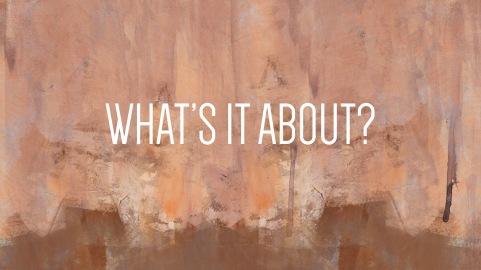
The sun is shining, the world is beautiful, it’s Monday, and somehow I have off work! Instead of strapping on a pack and taking a group of 5th graders hiking, I’m posting up at my living room table, keyboard at the ready. Queries are slowly trickling into my “sent” box and life feels glorious.
As I’m back on the query train, I’ve been thinking about the process a lot these days. I recently received some stellar query advice from picture book author, Dev Petty. I know I’ve been shouting Dev out a lot these days, but during her talk a few weeks ago she said so many inspirational nuggets of wisdom that I’ve needed a few weeks to process them all.
When it comes to querying, Dev says that, without using any character names, you should be able to answer this question in less than one sentence:
What is my book about?
An agent probably won’t ever ask you to explain your book in a single sentence but having the ability to do so will give you the foundation of your query letter. You’re the author after all. You should be able to narrow the essence of your manuscript down to just a few short words. If you can’t do it, no one else will be able to.
An excellent example that Dev gave us was Sendak’s classic, Where the Wild Things Are. She asked us all the simple question: What is this book about? A few brave souls volunteered their answers:
“It’s about a boy who runs away from home.”
“It’s about a boy who gets mad and goes on an imaginary adventure.”
After a few, Dev cut us off. As it turns out, this one can be narrowed down to less than a sentence. The very essence of Where the Wild Things Are is anger. The book is about anger.
It’s true. Arguably, the most well-loved picture book of all time is about anger. But it’s so easy to get caught up in the plot and sub plot and characters. That’s part of what makes writing queries and synopses difficult—all of the distractions that seem so important to summarize, but would ultimately be useless without the books fundamental message.
I started thinking in these terms about the picture books and YA manuscript I’ve written so far. Pairing them down to a sentence or even just a word makes talking about them seem so much more manageable.
My book is about perspectives in nature, or learning from your choices, or human nature. This is the first step, setting the framework for the rest of your query. If the book is about perspectives in nature, what essential plot points do I need to communicate in order to convey that message?
So far, this process has been working wonders for me. It’s turned query writing into a puzzle: identify the essence of the story, add in the details that support it.
I’ve got another picture book in the works these days and will definitely be using this approach when it comes query time.
Much love & keep writing.



